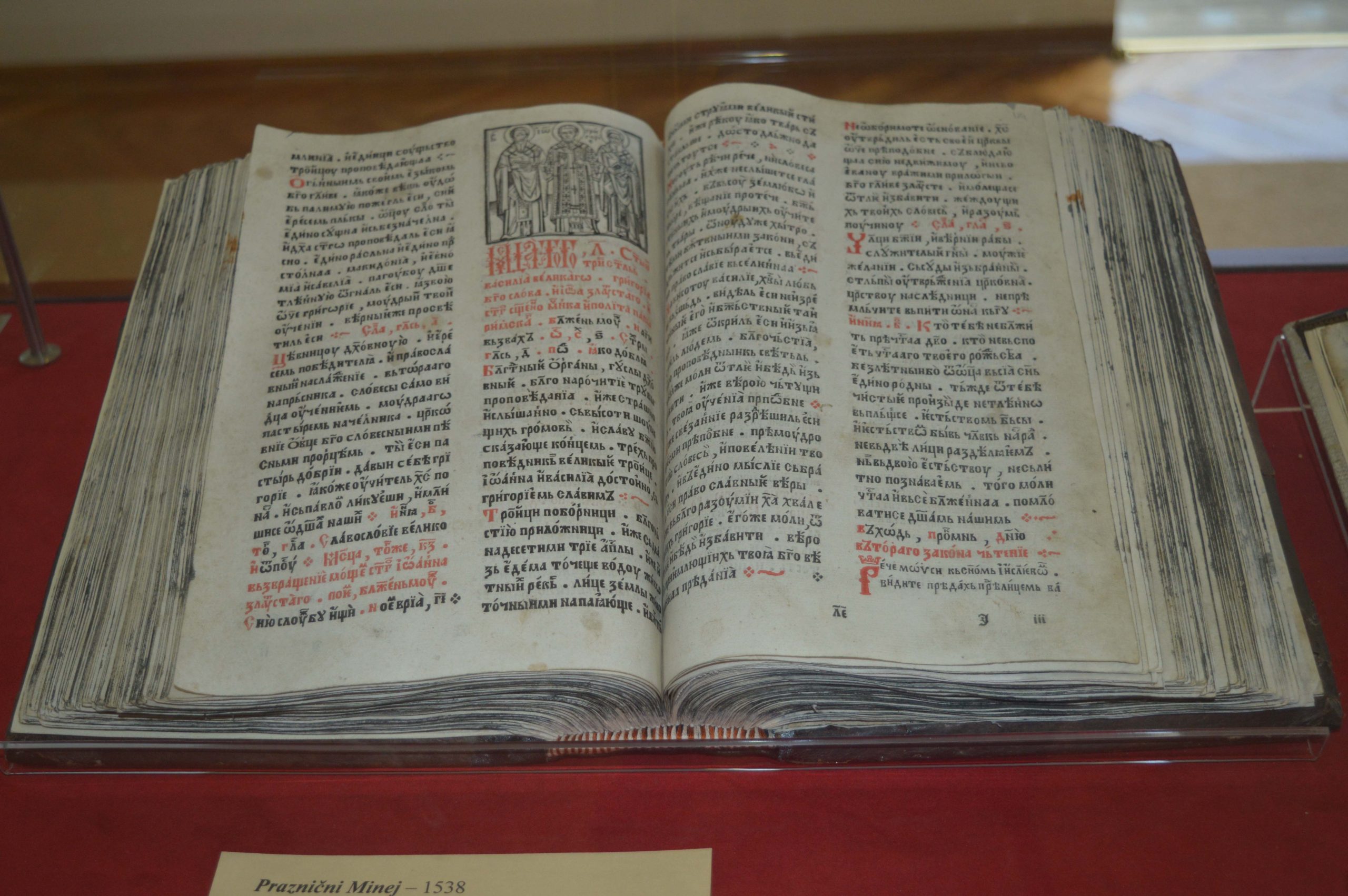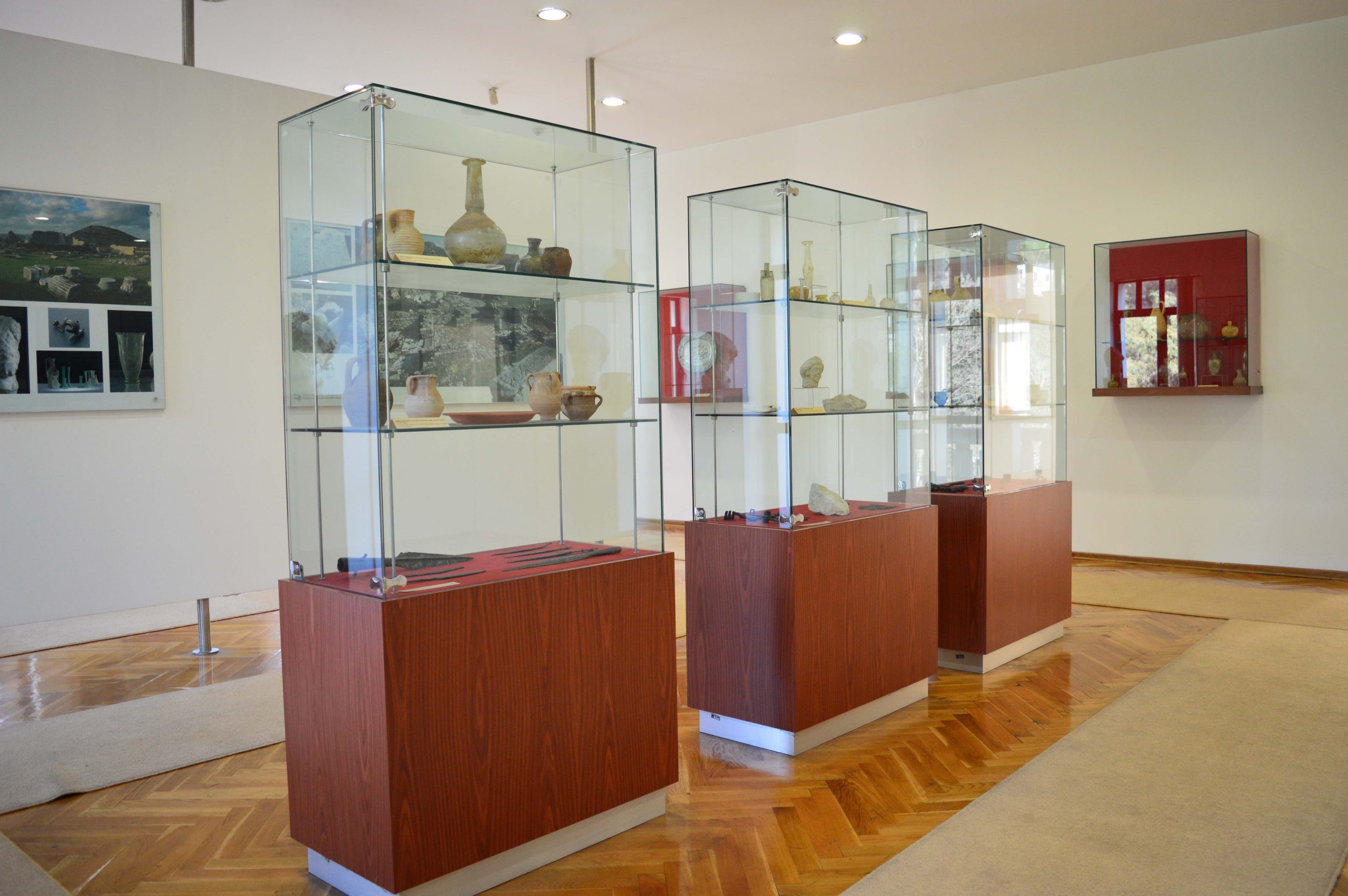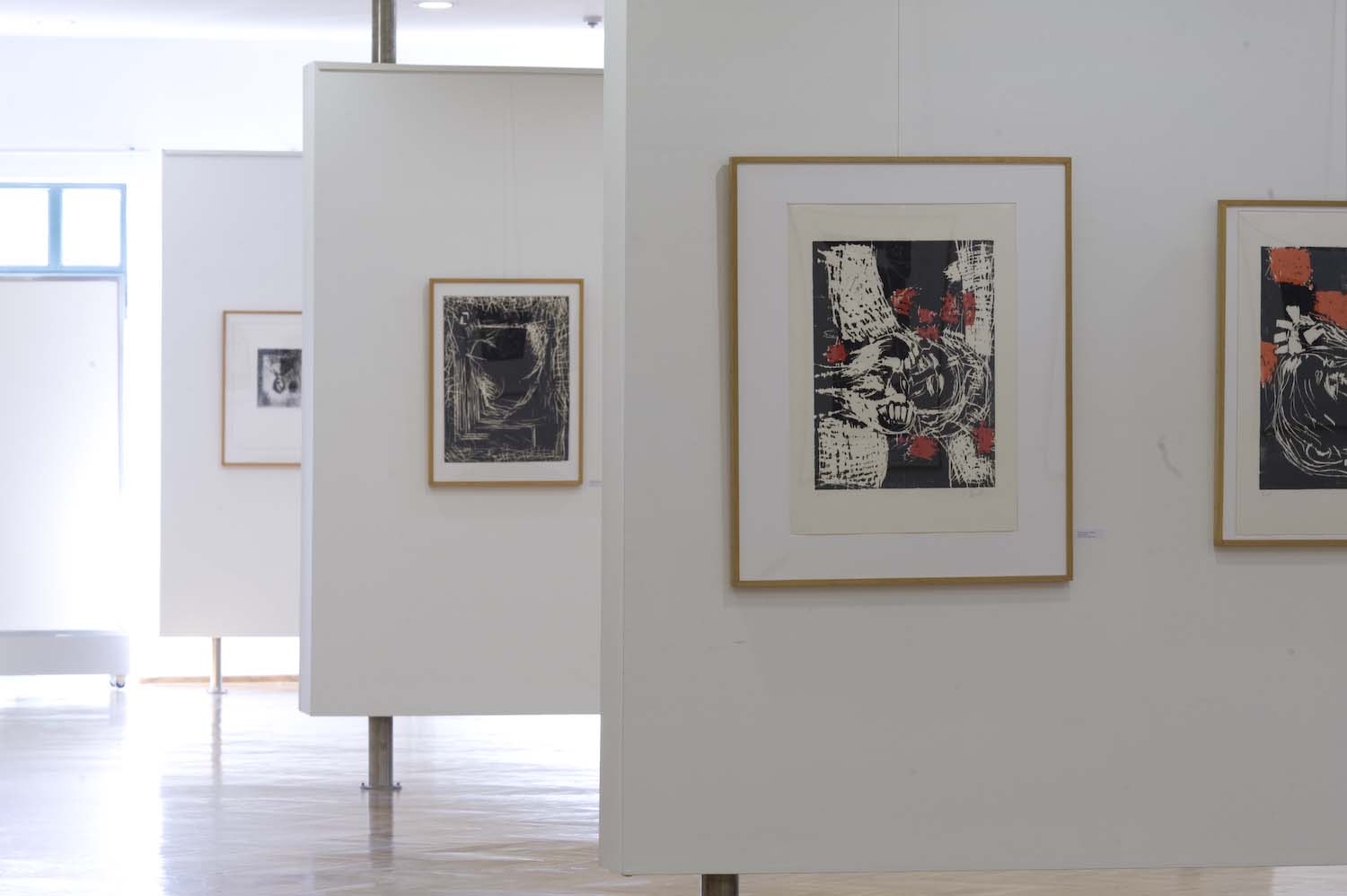Archaeological department

At the Archaeological Department, there is a large number of archaeological finds/objects that testify to the past of Podgorica over a multi-millennial time span, from the Middle Paleolithic to the Late Middle Ages. They were partially uncovered in research conducted by the Museum of the City of Podgorica.
… pod linkom opširnije
From the earliest period of the Middle Paleolithic (starting around 50,000 years before the Common Era), natural shelters of humans with flint tools have been documented (Bioče). Then, from the Mesolithic period after 6500 BCE, and the Neolithic after 3500 BCE (Vruća pećina above Petrovića). Communities of the Copper Age (3500–2300 BCE) left traces of their culture in a burial mound (tumulus) in the village of Kuće Rakića, in the form of anthropomorphic figurines characteristic of this period. From the same period originates Gruda Boljevića in Tološima, whose burial mound, with its quality of construction and the richness of grave offerings, attests to the burial of a representative of the clan aristocracy. For the following Bronze Age (2300–1600 BCE), a new type of hillfort settlements became characteristic, documented at a number of sites along the edge of Lake Skadar (Međeđa glava, Kabalj, Trijebač), with a greater number of tumuli. In this period, noticeable influences from Aegean regions are evident in the grave offerings of Neškova gruda in Tološima (e.g., a bronze knife with a single blade). During the Iron Age (1200–100 BCE), after significant ethnic migrations during which numerous tribes emerged, the area of Podgorica was inhabited by Illyrian tribes Dokleati and Labeati, with Meteon (Medun) as a prominent center. Particularly significant are sites with finds from a burial mound in Momišići and from graves discovered in Gostilj, whose jewelry shows a strong Hellenistic influence.
During the time of Roman imperial rule (1st–to 5th century), Doclea was established, becoming significantly the largest urban center of the Prevalis province. The city was built according to the principles of Roman urbanism, following a regular urban plan characterized by the intersection of two main city streets and the positioning of major public buildings along the main thoroughfare (a spacious forum with a basilica, temples, an arch dedicated to Emperor Gallienus, baths). Discoveries made during archaeological excavations of the necropolis revealed wealth in jewelry and everyday use items, buried with the deceased. These findings indicate trade connections with various parts of the Empire (the Rhine region, North Africa, Italy, Greece), and numerous epigraphic monuments reflect the diverse ethnic structure of the population. The city was destroyed in an earthquake and later finally by the Avars in the 6th century. From this period, two church buildings were erected at the nearby Zlatica site, one basilica-shaped and one of a trefoil plan, which were closely associated with Doclea (Duklja). Both sites are preserved in ruins.


